Here’s what the Droighneach poetry form is:
The droighneach is a Gaelic verse form that’s relatively unheard of in English.
It consists of quatrains in which each line is 9-13 syllables, with alternating rhyme and a scattering of techniques thrown in that are definitive of Irish poetry.
The form’s difficulty has earned it the informal nickname ‘the thorny.’
So if you want to learn all about the Droighneach poetry type, then you’ve come to the right place.
Let’s jump into it!
- Séadna Poetry Form: Shape Grandeur in Words
- Rionnaird Poetry Form: Express Intense Emotions
- Deachnadh Mor Poetry Form: Infuse Light in Lines
- Deachnadh Cummaisc Poetry Form: Open Minds Wide
- Cro Cumaisc Etir Casbairdni Ocus Lethrannaigecht Poetry Form
- Breccbairdne Poetry Form: Express Authenticity
- Ae Fraeslighe Poetry Form: Radiate Eire’s Beauty
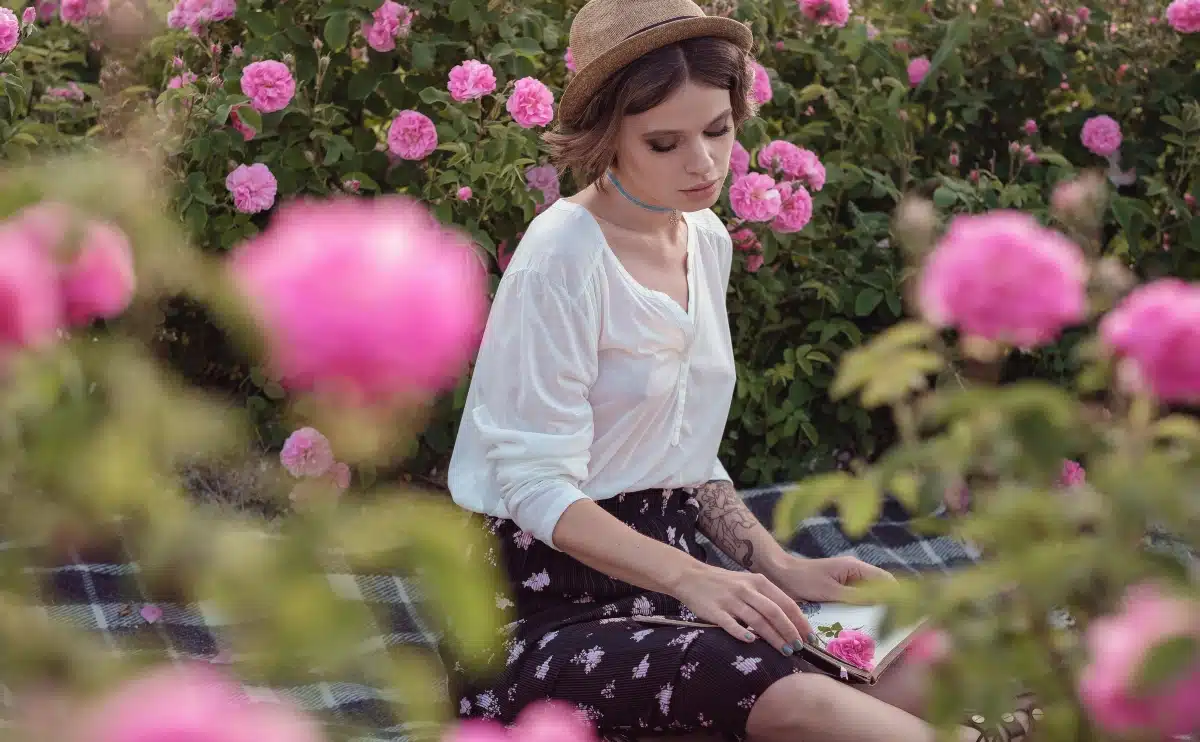
Forms of Poetry: The Droighneach

The droighneach, sometimes referred to as ‘the thorny’ for its extreme difficulty, is a quatrain-based Gaelic verse form that heavily showcases the traditional elements of Gaelic poetry, including rhyme, cross-rhyme, alliteration, syllable counts, and even techniques particular to the region such as the dunadh.
It’s no exaggeration to say that this form is a true test of a poet’s skill.
Unfortunately the sources that describe the form in English are wildly inconsistent, perhaps due to a lack of widely available firsthand information.
I did my best to compare the few sources that were available in the hopes of eliminating as much misinformation as possible, but what we really need in this case are more Gaelic to English translators.
Basic Properties of a Droighneach
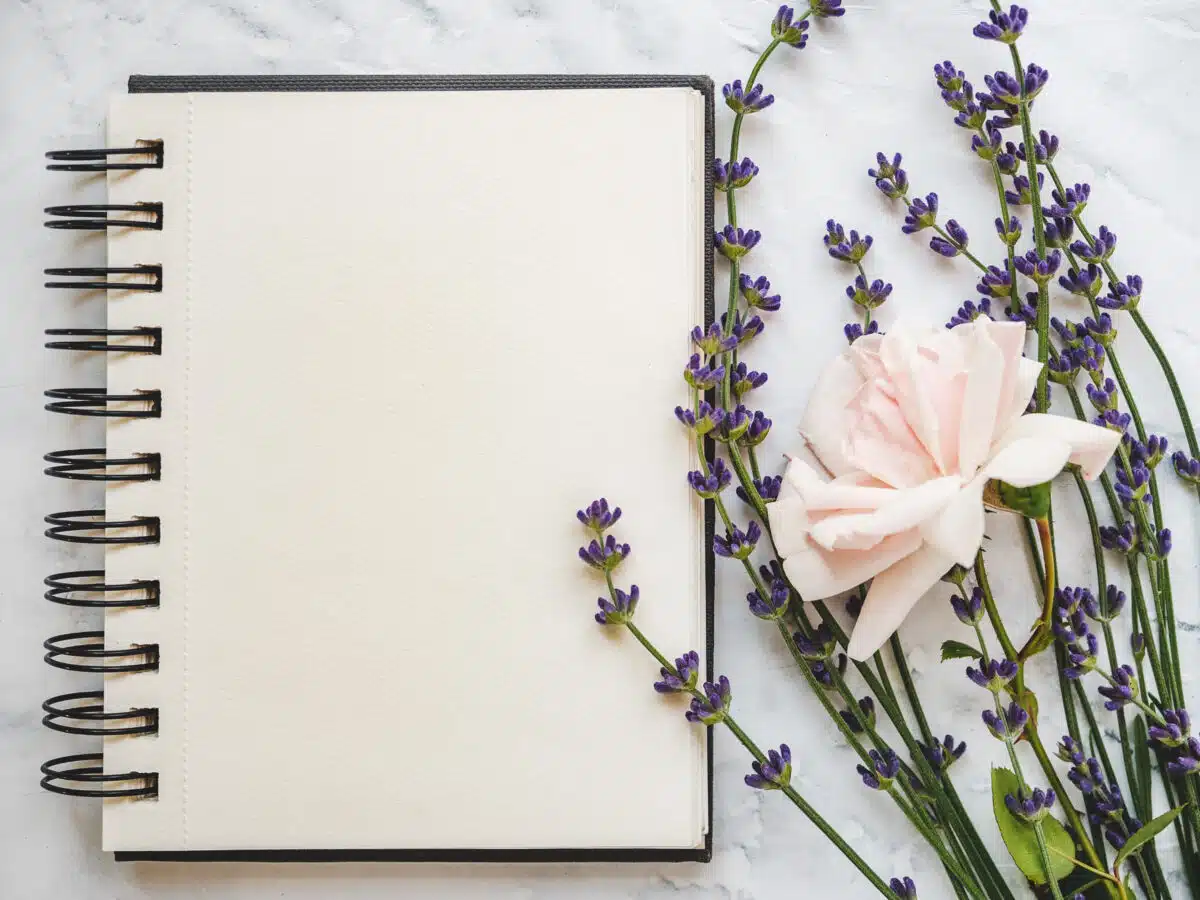
| Rhyme Structure? | Strict |
| Meter? | Unmetered |
| Origins | Ireland |
| Popularity | Unpopular; very few mentions in English |
| Theme | Varies |
How Is the Droighneach Structured?
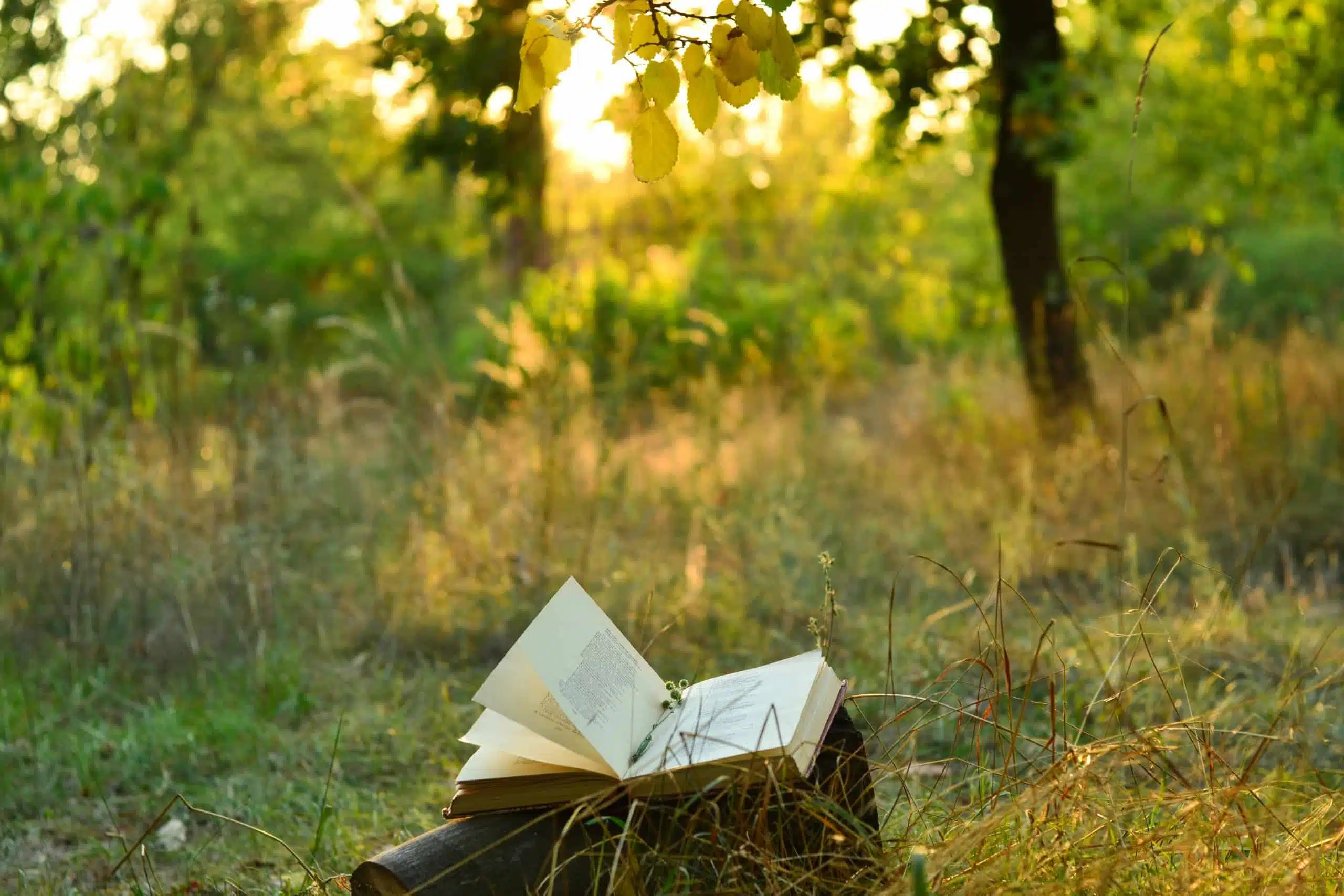
The droighneach form is always written in quatrains with an ABAB rhyme scheme, a relatively common rhyme scheme for quatrains.
These are frequently be combined to form octaves, but the most basic units of the poem are four lines each.
Each couplet additionally features a cross-rhyme connecting the lines.
Each line of the poem is 9 to 13 syllables long.
Alliteration should be expected on every line. The final word of each line will be three syllables. The end rhymes do not need to be triple rhymes, though.
There are two main areas in which the droighneach can be considered flexible.

First, there is no definitive pattern of stressed and unstressed syllables.
Second, the poem can be as long as the poet wants, provided it repeats the expected patterns in every unit.
The use of a dunadh is expected.
This is a technique in which the poem ends and begins the same way, considered one of the more defining techniques of formal Irish poetry.
If you think this all sounds incredibly difficult, you’re not alone.
This poem form has earned its nickname ‘the thorny’ due to its overwhelming complexity.
As a challenge, it completely dwarfs many other forms.
Mastery of the droighneach form proves a certain level over the techniques associated with the concept of cywddydd or “harmony of sound” and a general mastery over Gaelic verse in general.
Example of a Droighneach
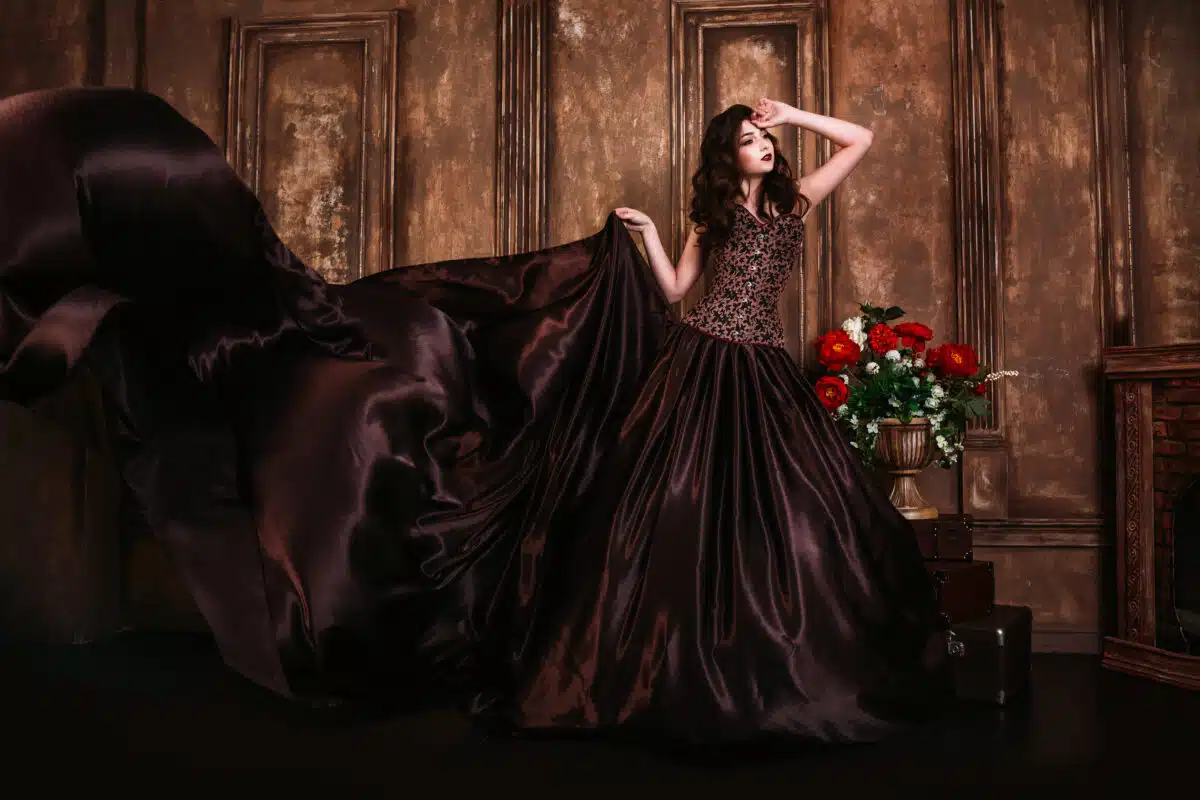
The Rioters
Poisonous pillagers wander past,
last to lament the ill-fortuned dead.
They tread tired down roads so awful vast
all cast quiet against streets of red.
Survival is salvaged by the horns,
torn from women and men in mourning,
rioters wryly scorning those born
The above poem attempts to bring together ALMOST all of the disparate elements of the droighneach while still painting a vivid image.
The end rhymes, cross-rhymes, alliteration, syllable counts, and stanza lengths expected are all present.
The dunadh in this case is just a single word, poisonous, first used to describe the ‘pillagers’ and then to describe the riches of their wealthy victims.

Why only almost?
Well, despite including every other feature, the poem does choose to forego the trisyllable requirement for the last word of every line.
This decision was made so as not to force the poem to crawl awkwardly along forced rails, but if you wanted to make a purist’s droighneach, then you would have to meet every standard of the poem above AND have the last word in each line have three syllables, while still rhyming it with two other points in the poem.
Needless to say, this is a daunting task even for the most experienced poets.
The droighneach form has never become popular in English, so much so that only a handful of websites even describe the poem (and inconsistently!).
If you choose to write one, you can be confident in the knowledge that you are one of a very small number of writers to experiment with this form outside of its home region.
Tips for Writing a Droighneach

First tip: Don’t.
Unless you have a reason.
This might be because you’re passionate about Irish poetry, love a challenge, are getting paid a reasonable sum, or are just a masochist.
In any case, you should only undertake this difficult trial if you’re fully prepared to put 100% of your brain power into this ordeal.
Perhaps that’s a bit hyperbolic, but honestly, if it takes you multiple tries and a few crash-and-burn attempts, then you shouldn’t take it personally.
This form is perfectly poised to end your whole career if you look too deeply into the abyss.
Now that we’ve reached our quota for juvenile intimidation, let me come clean with you. Most of the standards aren’t actually too tricky.
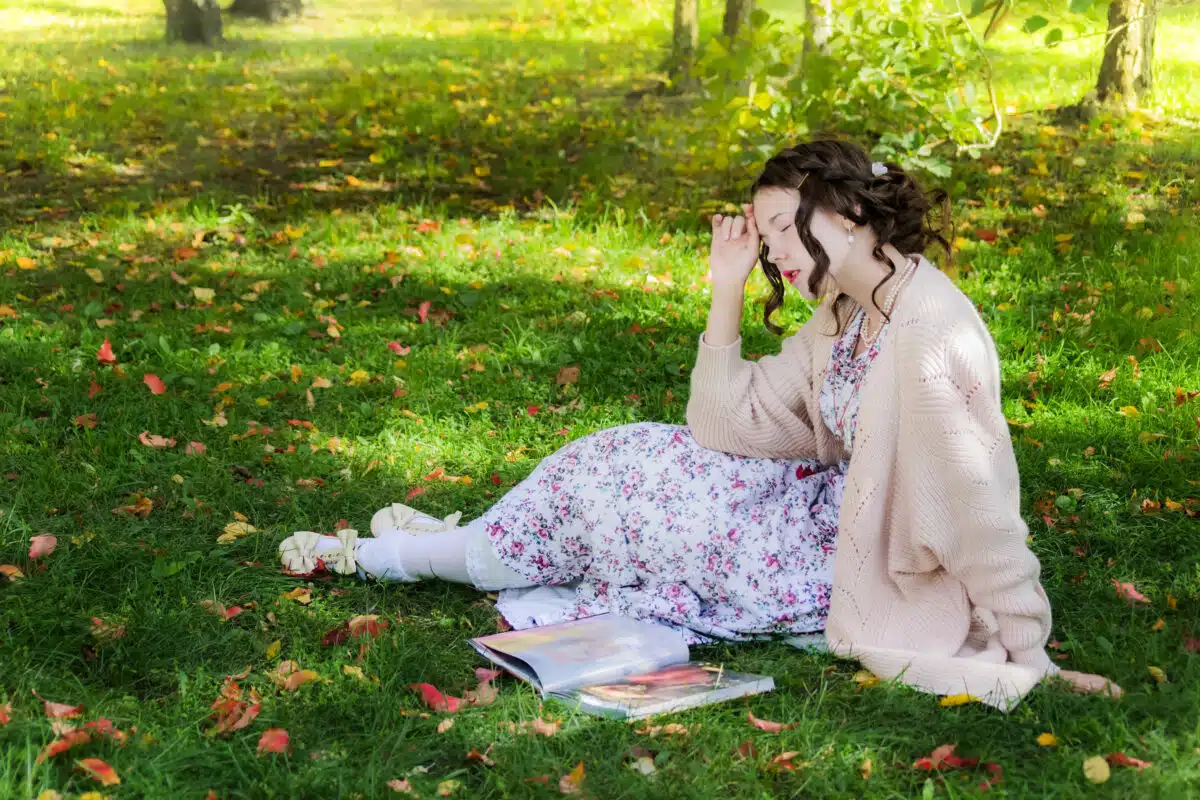
Even combined, they’re not inconceivable. You just need to get into a rhythm while you write.
But due to the enhanced difficulty, you are going to have to take it line by line and word by word.
That’s inevitable at this level.
Decide for yourself if you’ll be following the purest definition of the letter or not.
Maybe you’ll eschew the dunadh because you don’t like repetition.
Maybe you won’t use cross-rhyme because you find it stagnating your phrases.
While conservative poets might scoff at you for not producing an exact replica of the template, there’s a reason this form hasn’t caught on internationally.
Don’t be afraid to experiment.
If you will follow every standard, then you need to remind yourself of them on every line.
Cross-rhyme, alliteration, trisyllabic ending, end rhyme.
Cross-rhyme, alliteration, trisyllabic ending, end rhyme.

Over and over again, until you burn the rules into your muscle memory.
The real hardship of the droighneach doesn’t come so much from the writing process as it does from the editing process.
Getting to the end and realizing that you got the rhyme scheme wrong, for example, would mean that you have to go back and pick apart the entire poem and put it back together.
Since the standards are reused on every line, the editing process can quickly devolve into a battle of attrition if you’re not careful.
That said, the form isn’t as impossible as it first looks.
However many standards and techniques may be involved, the minimum length for the form is still even shorter than a sonnet.
If you’re persistent, you’ll get through it.
Now if you’re going the extra mile to write a droighneach with six or more verses then…maybe see a therapist first?
Just throwing that out there.
Poet’s Note

While I do enjoy poking fun at overly restrictive forms, the droighneach truly and honestly isn’t as rough as it sounds.
Most of the limitations can be accommodated for more easily than you would think just by virtue of having flexible line lengths.
However, writing a good droighneach absolutely is as hard as I made it out to be, if not harder.
Comprehensive Collection of Poetry Forms: Craft Words Into Art

Dare to traverse the entire spectrum of poetic forms, from the commonplace to the extraordinary?
Venture from the quintessential Sonnet to the elusive Mistress Bradstreet stanza, right through to the daunting complexity of Cro Cumaisc Etir Casbairdni Ocus Lethrannaigecht.
For those with a zeal to encounter the full breadth of poetry’s forms, this invitation is yours.
Start exploring the vast universe of poetic ingenuity with our comprehensive array of poetry forms right now!
- Séadna Poetry Form: Shape Grandeur in Words
- Rionnaird Poetry Form: Express Intense Emotions
- Deachnadh Mor Poetry Form: Infuse Light in Lines
- Deachnadh Cummaisc Poetry Form: Open Minds Wide
- Cro Cumaisc Etir Casbairdni Ocus Lethrannaigecht Poetry Form
- Breccbairdne Poetry Form: Express Authenticity
- Ae Fraeslighe Poetry Form: Radiate Eire’s Beauty
